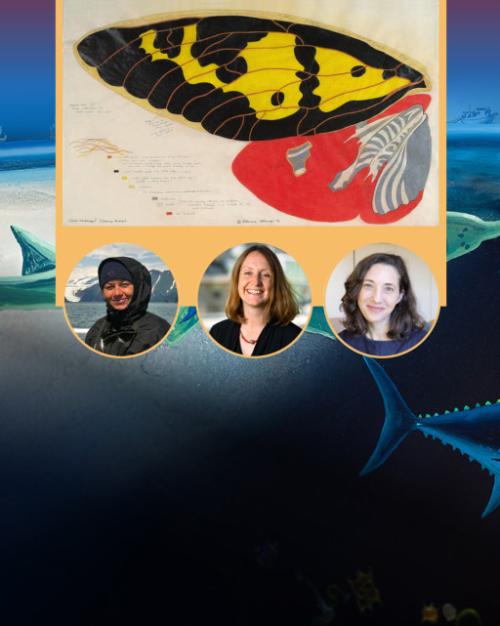When Imaan Rahim ’22 was a young girl, her grandfather would take her to the rooftop to look at the constellations.
“Those memories of stargazing and searching for Mars with my grandpa really gave me a love for astronomy at an early age,” Rahim said.
Now a junior at Cornell, Rahim studies physics and computer science with a concentration in astronomy. Outside of coursework, she conducts research at the Carl Sagan Institute, analyzing stellar flares under her mentor, Nikole Lewis, assistant professor of astronomy.
“Imaan has always been very active in seeking out research opportunities at Cornell," Lewis said. "She was one of a few undergraduate students who participated in a series of hackathons focused on the reduction and analysis of data from the Transiting Exoplanet Survey Satellite (TESS), which eventually led to two years of research focused on this rich dataset. Imaan always brings her own ideas to the table on how to tackle various aspects of these data and it has been wonderful to work with her on a variety of TESS-related projects.”
Rahim’s first official research project, “Stellar Flares in Eclipsing Binary Systems with TESS,” was awarded an honorable mention at the 237th American Astronomical Society (AAS) Chambliss Achievement Student Awards. The Chambliss Awards recognize outstanding research posters by undergraduate and graduate students at AAS meetings.
“Stars have magnetic fields – sometimes those fields get twisted up while rotating and stars don’t like this, so they snap their fields back in place as a burst of energy,” Rahim said. “We see this as a star suddenly becoming brighter, which is what we call a stellar flare.”
Eclipsing binary stars orbit each other and have their own magnetic fields. As the magnetic fields interact, they become twisted and result in more stellar flares. Rahim said she was inspired to pursue this project because she’s interested in the way that stellar flares affect a planet’s habitability. She knew the closer a planet was to a set of binary stars, the more dangerous the flares would be.
She completed her research for her poster while interning at the NASA Goddard Space Flight Center last summer, a continuation of her TESS-related work with Lewis.
“I am delighted that Imaan was able to leverage her expertise with TESS data with collaborators at the NASA Goddard Space Flight Center on her prize-winning research,” Lewis said.
In addition to working with Lewis, Rahim’s team included NASA-affiliated researchers Thomas Barclay, Emily Gilbert, and Elisa Quintana.
“My favorite thing about my internship was the research aspect. I loved the fact that we were actively trying to answer an important question,” Rahim said.
At NASA, she created a software to detect spikes in a star's brightness using space imaging from TESS. Her software allowed her to overcome issues of flare detection while investigating eclipsing binary stars. These stars often experience significant dips in brightness, much bigger than stellar flares, making flare detection difficult.
“My idea was to look at all the eclipsing binaries in our data set and see if they have more flares when they are closer together,” Rahim said. “When the stars are closer together, they orbit more quickly. If we can measure how fast they orbit, then we will know the distance between them and can use my flare detection pipeline to check how many flares show up in the data.”
Winning the Chambliss award has been an encouraging reminder for Rahim of her work’s value.
“It was a great experience getting to present my work before the judges, yet it’s very easy to not get noticed when there are hundreds of other research posters. Part of me was worried no one would get to see my project,” Rahim said. “Having this acknowledgment makes me feel that my research and work will become available to fellow researchers.”
Going forward, Rahim plans to convert her poster into a research paper and continue her work at the Carl Sagan Institute.
Amaris Janel Henderson is a communications assistant for the College of Arts & Sciences.




